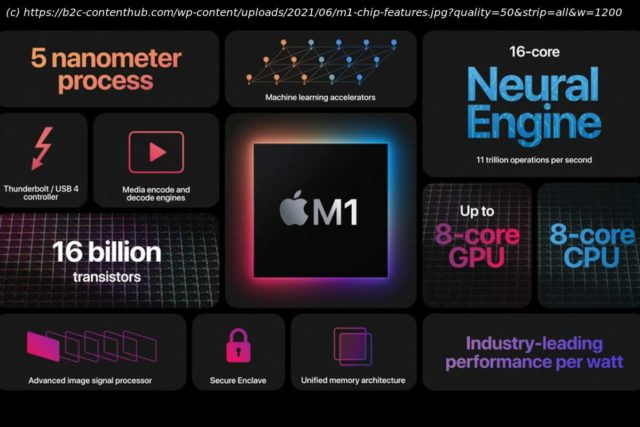Apple’s silicon transition is set to kick into high gear with the M1X and M2 processors on the way along with a Mac Pro chip that could be the fastest processor ever made.
When Apple released the M1 chip at the end of last year, two things were clear: Macs were a whole lot faster and the future was incredibly bright. What we didn’t know was how Apple would handle updates now that the entry-level models were as fast as some of the Pro machines. At the time, Apple said it was developing “a family of chips” that would be unveiled as the transition continued over the next couple of years, and now that it seems the M1 Macs have all been released, we’re anxiously awaiting the next step. The timeline is a little clearer now. Now that Apple has updated its entire lineup of consumer-level Macs with the M1 chip in the MacBook Air,13-inch MacBook Pro, Mac mini, and 24-inch iMac rumors are piling up about the next round of Apple silicon-based Macs. According to the latest speculation, Apple will be following a similar cadence to the A-series chips in the iPhone and iPad but with way more power between generations. Apple’s current M1 processor is based on the 5nm A14 chip the first arrived in the iPad Air and later the iPhone 12. It has 4 high-performance cores with 192 KB of L1 instruction cache and 128 KB of L1 data cache and shared 12 MB L2 cache and 4 energy-efficient cores with 128 KB of instruction cache,64 KB of L1 data cache, and shared 4 MB L2 cache. That makes a total of 8 cores split evenly among power and efficiency leading to tremendous speed boosts over the prior models. The system-on-a-chip also has an 8-core GPU in most models (the entry-level MacBook Air and 24-inch iMac have a 7-core GPU) with 128 execution units and up to 24576 concurrent threads. Apple Memory has also changed. With the M1, the LP-DDR4 memory isn’t just soldered to the motherboard, it’s actually part of the chip itself. That means it’s faster and more efficient than before, but it’s also a bit more limited—you can only get 8GB or 16GB in an M1 Mac and there’s no way to upgrade it after purchase.






